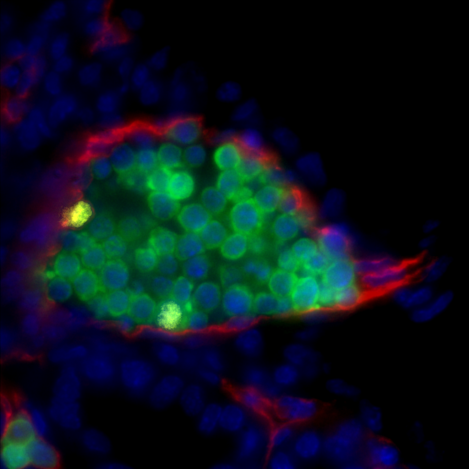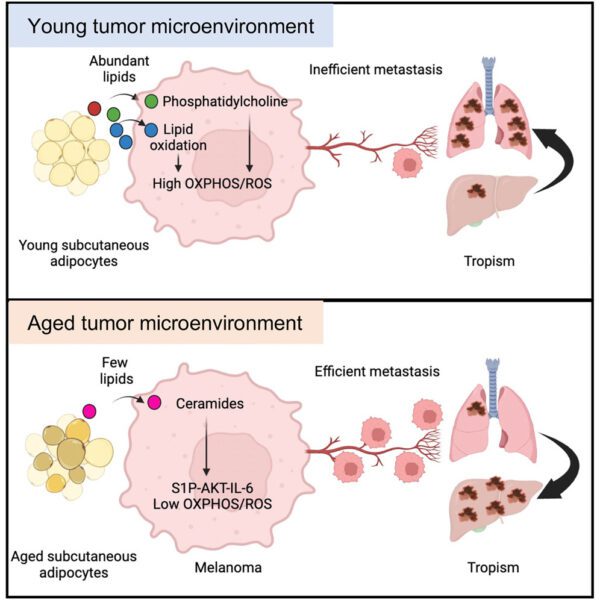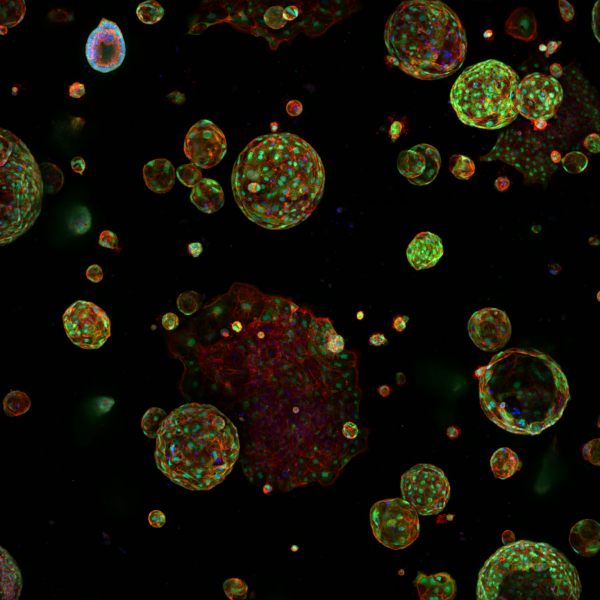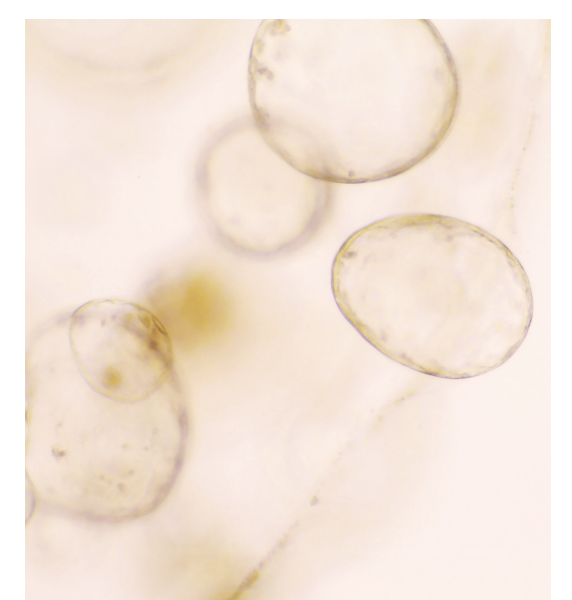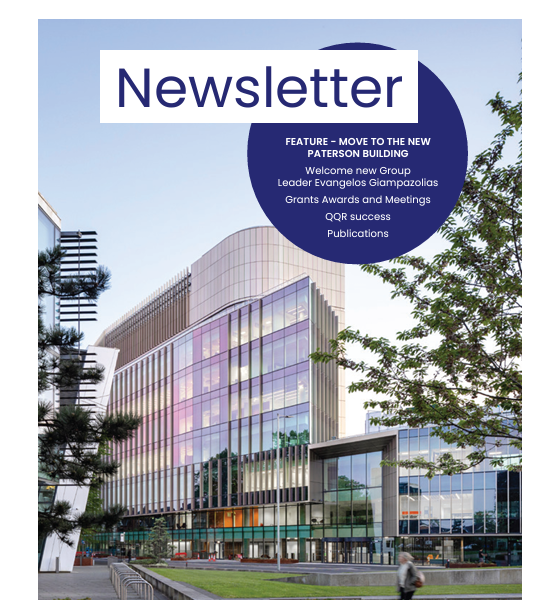Overview
Cytotoxic therapy for acute myeloid leukaemia (AMLs) has been the standard of care over the last 30 years, often resulting in refractory response. There is, therefore, a pressing need for the development of more specific and efficient therapies. We have a long-standing interest in the role of the histone acetyltransferase MOZ/KAT6A in normal and malignant haematopoiesis.
In 2013, The Cancer Genome Atlas Network data revealed that mutations of at least one epigenetic factor were found in 70% of patients with AML. This suggests that epigenetic modifications are important to establish and sustain the new transcriptional programmes that drive transformation and tumour growth.
Recent findings with inhibitors of LSD1 and BET proteins have demonstrated the feasibility and promise of epigenetic anticancer therapy. We have accumulated evidence that MOZ is critical for sustaining MLL and MOZ gene rearranged leukaemia, and therefore represents a potential therapeutic target. Furthermore, the observation that MOZ is one of the most significantly amplified loci across a large range of cancers suggests that MOZ could also hold therapeutic potential in other malignancies. We are exploring the role and requirement of MOZ in leukaemia/AML to further explore and establish its therapeutic potential.
Beyond MOZ, our research has identified shared downstream genetic programmes critical to aggressive AML subtypes. Specifically, EYA1 and SIX1, both members of the retinal determination gene network (RDGN), appear essential for AML maintenance. We are further examining their roles in sustaining AML to evaluate the potential of targeting these factors therapeutically.
